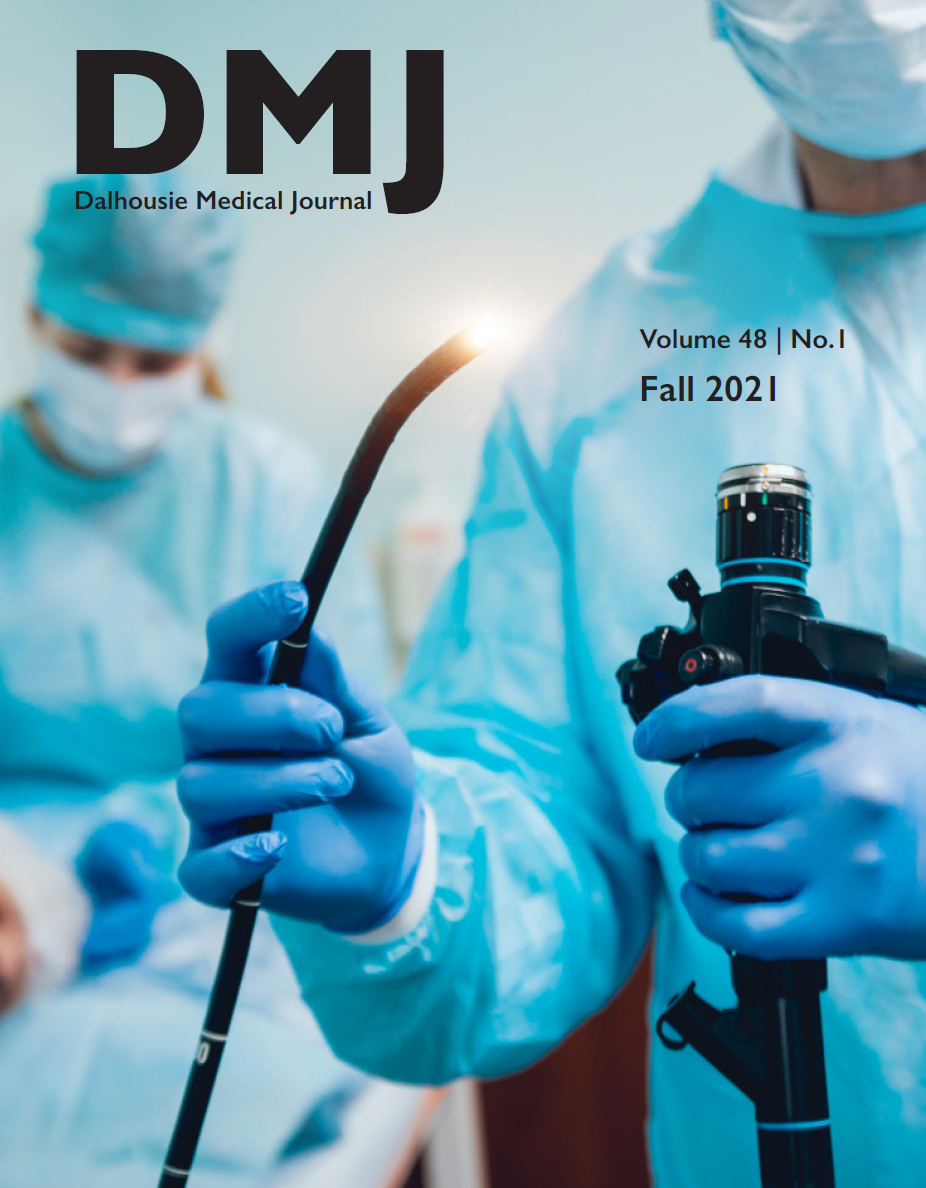Pneumorrhachis complicating acute pain management using a thoracic epidural catheter
DOI:
https://doi.org/10.15273/dmj.Vol48No1.11263Abstract
The use of thoracic epidural catheters to infuse local anaesthetics and opioids is a common practice in acute pain management to attenuate the pain associated with thoracic and abdominal surgical procedures. The placement and maintenance of epidural analgesia is known to be associated with a variety of potential complications. A rare complication is the development of air of within the spinal canal (pneumorrhachis). Although pneumorrhachis is typically asymptomatic and resolves spontaneously, it rarely can be associated with neurological dysfunction. Here we describe
a case of pneumorrhachis that led to symptomatic acute spinal cord compression in a 27 year old man who had a thoracic epidural placed to help with pain management following laparotomy for the management of Crohn‘s
disease. Postoperatively, the patient developed unilateral weakness in his upper and lower extremities and sensory dysfunction in the upper extremity. Urgent neuroimaging demonstrated epidural air causing mass effect on the cervical spinal cord. His symptoms resolved completely following conservative management. This rare presentation of pneumorrhachis highlights the need for close vigilance regarding neurological function in patients with epidural catheters for acute pain management. This presentation also promotes mitigation of factors that may be associated with
the administration of air into the epidural space, such as changing epidural infusion solution bags and malfunction of epidural infusion pumps.
Downloads
Published
How to Cite
Issue
Section
License
Authors who publish with this journal agree to the following terms:
- Authors retain copyright and grant the journal right of first publication with the work simultaneously licensed under a Creative Commons Attribution License that allows others to share the work with an acknowledgement of the work's authorship and initial publication in this journal.
- Authors are able to enter into separate, additional contractual arrangements for the non-exclusive distribution of the journal's published version of the work (e.g., post it to an institutional repository or publish it in a book), with an acknowledgement of its initial publication in this journal.
- Authors are permitted and encouraged to post their work online (e.g., in institutional repositories or on their website) prior to and during the submission process, as it can lead to productive exchanges, as well as earlier and greater citation of published work (See The Effect of Open Access).


